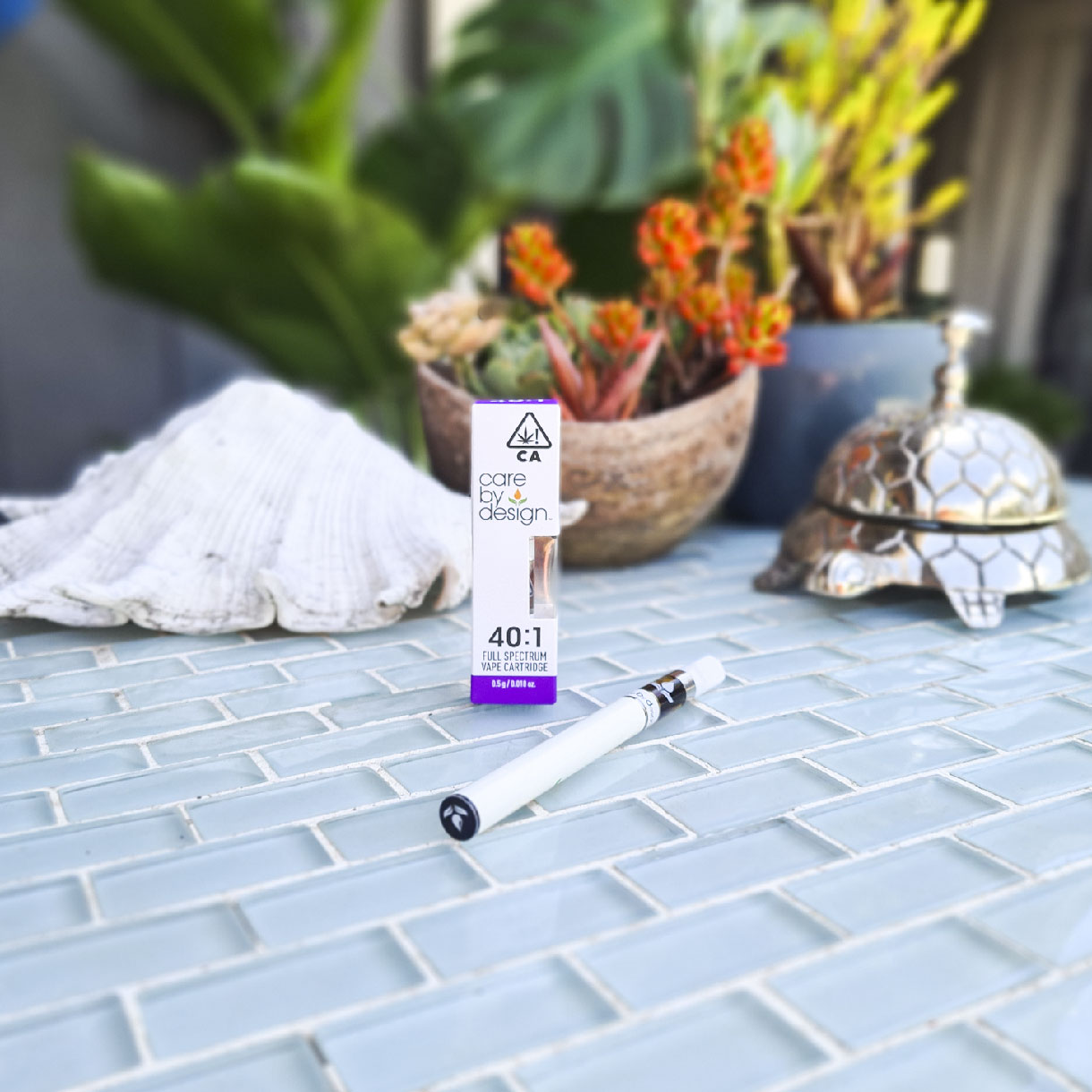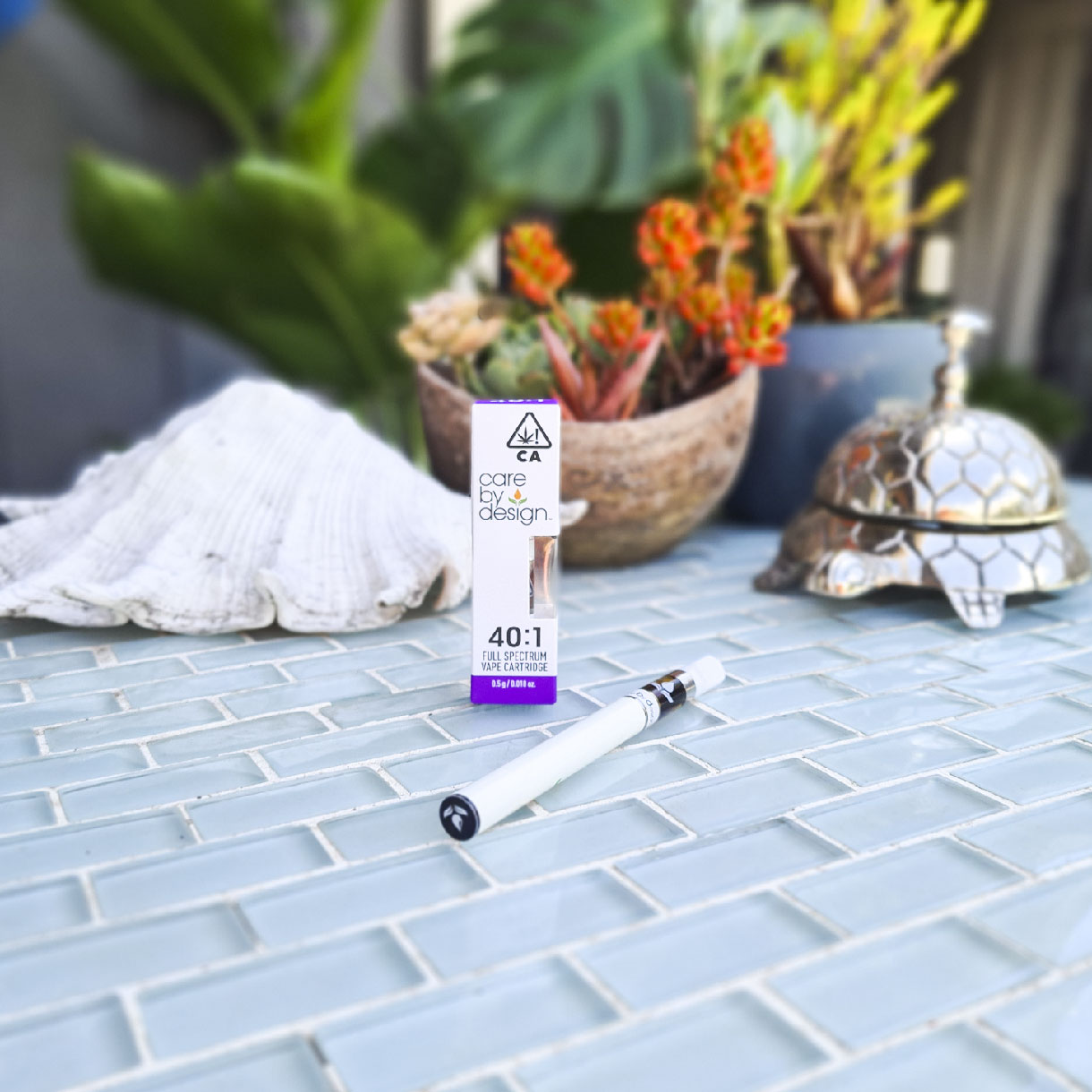Tolerance is a complexity of the brain. With cannabis, each person's tolerance varies at a different rate due to the consumption method used, dosage and cultivar consumed. In some rarer cases, a tolerance won't develop, but most people will form one over time.
It is believed that frequent use of the cannabinoid THC, the compound that creates the ‘high’ effect, can desensitize and downregulate the body's cannabinoid 1 (CB1) receptors and its endocannabinoid system. Depleted receptors, be it in quantity or sensitivity, lead to less opportunities for THC to interact and create the high. To compensate, a consumer requires larger doses of cannabis to reach their desired effects. CB1 downregulation may also be linked to cannabis dependence.
Restoring the body's receptors and lowering a person's tolerance can occur through short-term abstinence from the plant, better known as a cannabis tolerance break or t-break. Restorative effects can begin in days, with most consumers seeing a near-complete return to their previous THC sensitivity in just a few weeks.
Now, let's explore how a tolerance break works.
What Happens to Your Cannabinoid Receptors During and After a Tolerance Break
A tolerance break helps restore the body's CB1 receptors in quantity while also decreasing desensitization to THC in the process. The effects are interesting on a cellular level, with results often arriving in short order.
Receptors begin to show signs of recovery in just two days. By the fourth week, receptors should be back to full or nearly complete functionality. A more extended break may also help, as some researchers believe that further CB1 restoration occurs after the fourth week.
Once a tolerance break is complete, you can expect to experience increased THC sensitivity using a lower dosage than prior to your pause. The returned sensitivity is produced thanks to the increased availability of CB1 receptors, lessening the level needed to reach desired effects.
Keep in mind that little conclusive data exists confirming the ideal tolerance break time frame. Like much of cannabis, the subject continues to suffer from a dearth of research. That information gap is closing, but until more data is released, the ideal length of a tolerance break depends on the consumer, their goal and how their body reacts during the process.
Be aware of adverse effects during any breaks. Cannabis withdrawal syndrome (CWS) can vary in severity, with gender, pre-cessation and both heritable and environmental factors all playing a part. Women have reported experiencing more severe symptoms than men, including worsened nausea and stomach pain. That said, most people should experience minimal tosmild side effects during their break.
Downregulation and Desensitization From THC Use
Frequent THC use affects CB1 receptors in two ways, with both increasing tolerance in the process. The downregulation of receptors sees the presence of receptors diminish in the body. A lack of receptors leads to less opportunity for the THC to bind and produce its desired effect.
Another effect is desensitization. Rather than losing the receptors entirely, desensitization prevents the activation of the high. In essence, the receptor remains in the body but is unable to be activated even if THC binds to it. Arrestin coupling of CB1 and CB2 receptors has been studied, and is relatively well-understood.

